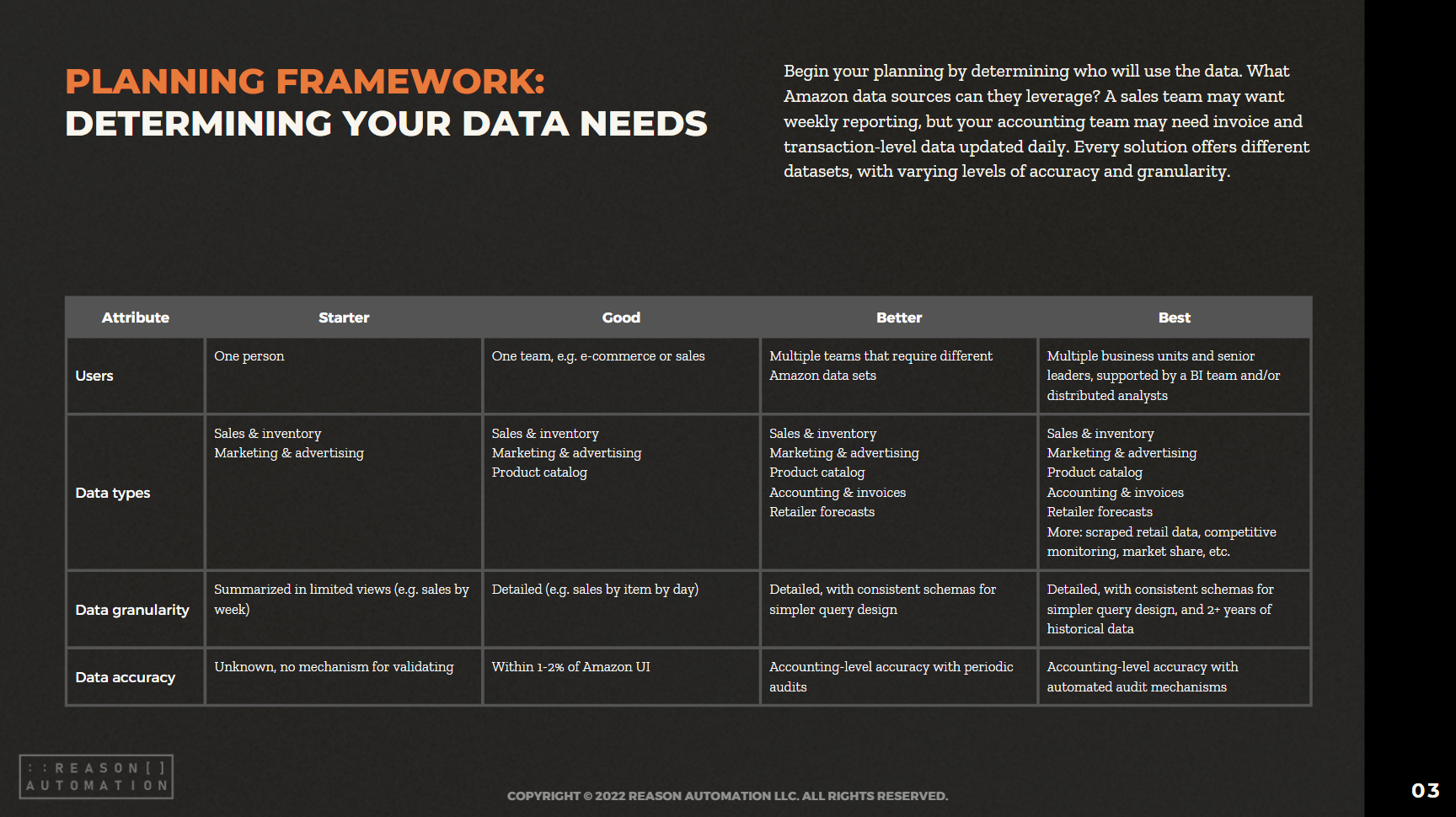Amazon Sellers Will Soon Be Able to Email Market Directly to Customers (Plus More Announcements From Accelerate)
Amazon announced some major new tools for Amazon sellers looking to market their products – the most significant of which may be a new feature that will soon allow sellers to send marketing emails directly to their customers.
Amazon held their annual Accelerate seller conference in Seattle, Wash. this week where they made the announcements -- headlined by the introduction of three new audience types within the Amazon Customer Engagement tool "to help sellers increase their email marketing reach at no cost," Amazon said in a statement.
"For the first time, sellers can now expand beyond brand followers when sending free marketing emails to reach their most loyal customers, such as repeat customers, recent customers, and high-spend customers," the statement reads.
Amazon Tailored Audiences
The tool, called Amazon Tailored Audiences, could be a game-changer for many sellers, because their ability to contact customers is extremely limited right now.
"This is a huge deal for most sellers because Amazon does not share customer email addresses," said Andrew Hamada, co-founder and CEO of Reason Automation, a company that helps Amazon sellers solve their data challenges. "This is the only way for sellers to directly market to Amazon customers. And it will include RFM [recency, frequency, and monetary value] targeting and the standard email program metrics marketers expect."
Benjamin Hartman, vice president of Amazon North America Selling Partner Services, said in the statement that the reason for the change was that brands had "expressed a need for improved tools to increase customer lifetime value."
Tailored Audiences "allows sellers to monitor the impact of their email marketing campaigns and customer engagement with performance and reporting metrics, such as open rate, click-through rates, emails delivered, opt-out rates, sales, and conversion," Amazon said in the statement.
Currently, the program is in beta testing, but the company plans to make the tool available to all U.S. sellers in early 2023. It will be available at no cost in Amazon Seller Central.
Other Major Announcements for Amazon Sellers at Accelerate
Amazon also announced some other new features for sellers during the conference.
Small Business Badge
One of them is the small business badge, which is a product detail page badge that allows customers to more easily spot products sold by small businesses. However, ecommerce and Amazon expert Jon Derkits noted that the feature has been available for months now and he has not seen a discernible sales lift from getting the badge for products sold at his businesses. And he also said it appears some large businesses may be taking advantage of the feature.
Also, it feels like Amazon just gave it away to anyone that asked nicely, with little verification.
— Jon Derkits (@guyfosel) September 15, 2022
Example ➡️ Top 2 organic search results below come from brands owned by Perch and Elevate Brands, respectively.
These are two Amazon Aggregators w/ $2+ billion in funding. pic.twitter.com/mvXnXAdAJF
Customers Ask Alexa on Seller Central
In October 2022, Amazon will allow a select group of brands to answer questions in their product categories that customers ask via search on Alexa. This theoretically allows brands to connect directly with their customers and improve their visibility. While it is invite-only to start, Amazon expects to make it available to all eligible brands in the United States in 2022.
However, as Derkits noted, only a small percentage of customers find products via voice shopping on Alexa, so it may not have a significant impact on sales.
Premium A+ Content
Previously, sellers had to pay many thousands of dollars for premium A+ content, but now it is free for an extended promotional period for those who have registered as a brand owner with Amazon Brand Registry.
Premium A+ content includes extra bells and whistles on product detail pages that could draw customers such as video, image carousels, and interactive hotspots. If done well, a page optimized with premium A+ content can increase sales by 20%.
READ MORE:
Turn Amazon Data into a strategic Asset
The breadth of Amazon sales, marketing, and supply chain data lets brands find patterns and insights to optimize their Amazon business and other e-commerce channels. But only if you have a plan for extracting the data from Amazon systems, storing it, and preparing it for analysis.
This guide will help you take ownership of your Amazon data—by preparing your business for a data-driven future, and analyzing the most common methods for extraction, automation, storage, and management.


